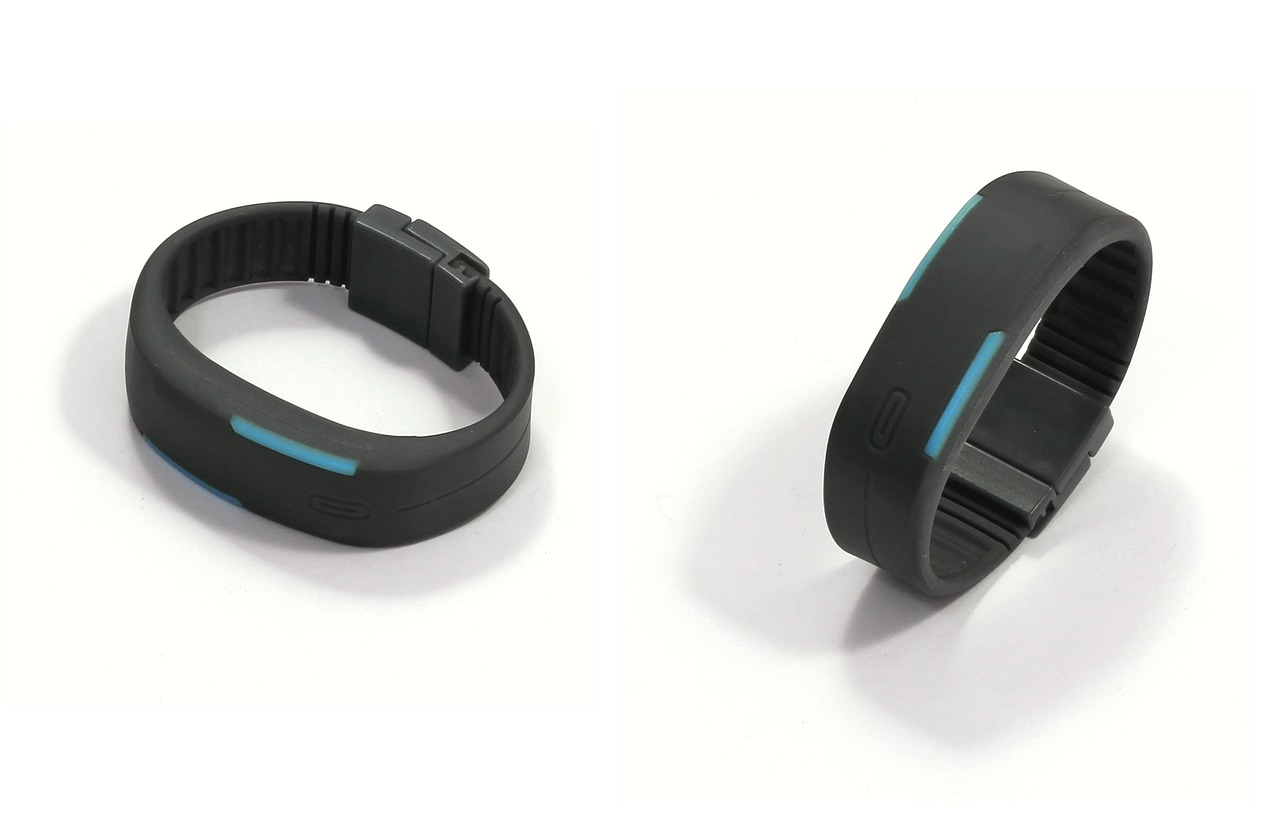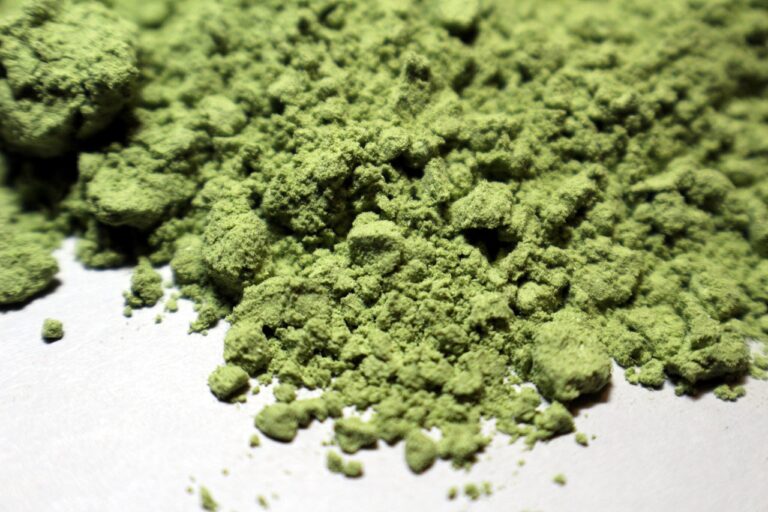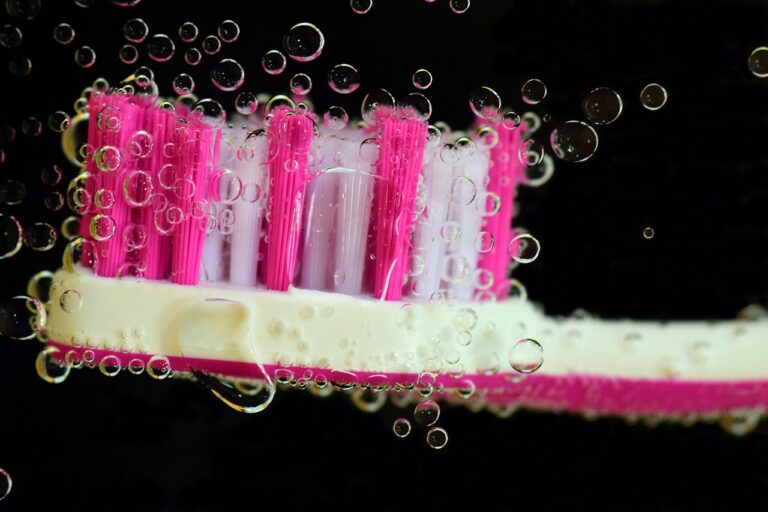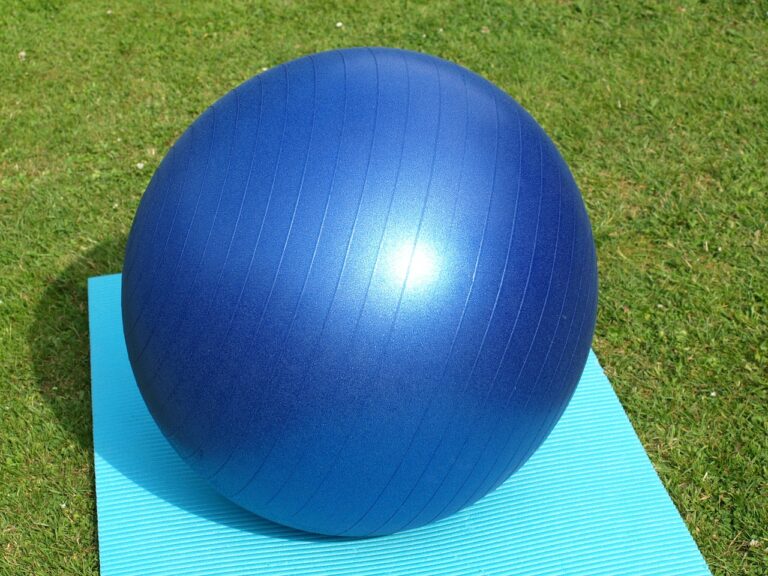Immunological Responses to Cricket Equipment Innovation: Betbhai9, Playexch in login, Lotus 365.vip
betbhai9, playexch in login, lotus 365.vip: Cricket equipment innovation has come a long way over the years, with manufacturers constantly striving to improve the performance of players on the field. While advancements in technology have led to the creation of lighter, more durable, and better-performing equipment, there is another aspect that is often overlooked – the immunological responses to these innovations.
Let’s take a closer look at how the human body reacts to the various materials and technologies used in modern cricket equipment.
The Impact of Materials on Immunological Responses
One of the key aspects of cricket equipment innovation is the use of advanced materials such as carbon fiber, titanium, and other synthetic composites. While these materials offer superior strength, flexibility, and durability, they can also trigger immunological responses in some individuals.
For example, players who are allergic to certain metals used in cricket bats or protective gear may experience skin irritation or other allergic reactions when using these items. Similarly, exposure to certain chemicals or dyes used in the manufacturing process can also lead to immunological responses in sensitive individuals.
It’s important for players to be aware of any allergies or sensitivities they may have to certain materials before using new cricket equipment. If you experience any adverse reactions while using a new piece of gear, it’s important to stop using it immediately and consult a healthcare professional.
The Role of Sweat and Moisture in Immunological Responses
Cricket is a physically demanding sport that often involves long hours of play in hot and humid conditions. As a result, players sweat profusely, leading to the accumulation of moisture on their skin and equipment.
This moisture can create an ideal environment for the growth of bacteria and fungi, which can in turn trigger immunological responses such as rashes, itching, and infections. To mitigate this risk, manufacturers have started incorporating antimicrobial treatments and moisture-wicking technologies into their cricket equipment.
These innovations help to reduce the growth of odor-causing bacteria and fungi, keeping players’ skin dry and comfortable during play. However, it’s still important for players to practice good hygiene and regularly clean their equipment to prevent the buildup of sweat and bacteria.
The Importance of Proper Fit in Preventing Immunological Responses
In addition to materials and moisture, the fit of cricket equipment plays a crucial role in preventing immunological responses. Ill-fitting gear can cause chafing, blisters, and other skin irritations, which can in turn lead to more serious immunological reactions.
Players should always ensure that their equipment fits properly and comfortably, with no tight or loose areas that could cause friction or pressure points. This is particularly important when it comes to protective gear such as helmets, pads, and gloves, which are designed to shield players from injury.
Investing in custom-fitted equipment or making adjustments to off-the-shelf gear can help prevent immunological responses and ensure a more comfortable playing experience.
FAQs
Q: What should I do if I experience skin irritation while using new cricket equipment?
A: If you experience any adverse reactions such as redness, itching, or swelling, stop using the equipment immediately and consult a healthcare professional. It’s important to identify the cause of the reaction and take steps to remedy the situation.
Q: How can I prevent moisture-related skin issues when playing cricket?
A: To prevent moisture-related skin issues, practice good hygiene, clean your equipment regularly, and choose gear with moisture-wicking properties. Additionally, consider using powders or creams to reduce friction and keep your skin dry.
Q: Are there any specific materials or technologies I should avoid due to potential immunological responses?
A: If you have known allergies or sensitivities to certain materials (such as metals or chemicals), it’s best to avoid equipment that contains those substances. Additionally, check product labels for any potential allergens before making a purchase.
In conclusion, while cricket equipment innovation has led to the creation of cutting-edge gear that enhances performance on the field, it’s essential to consider the potential immunological responses that may arise. By being aware of materials, moisture, and proper fit, players can prevent skin issues and enjoy a more comfortable and safe playing experience.







